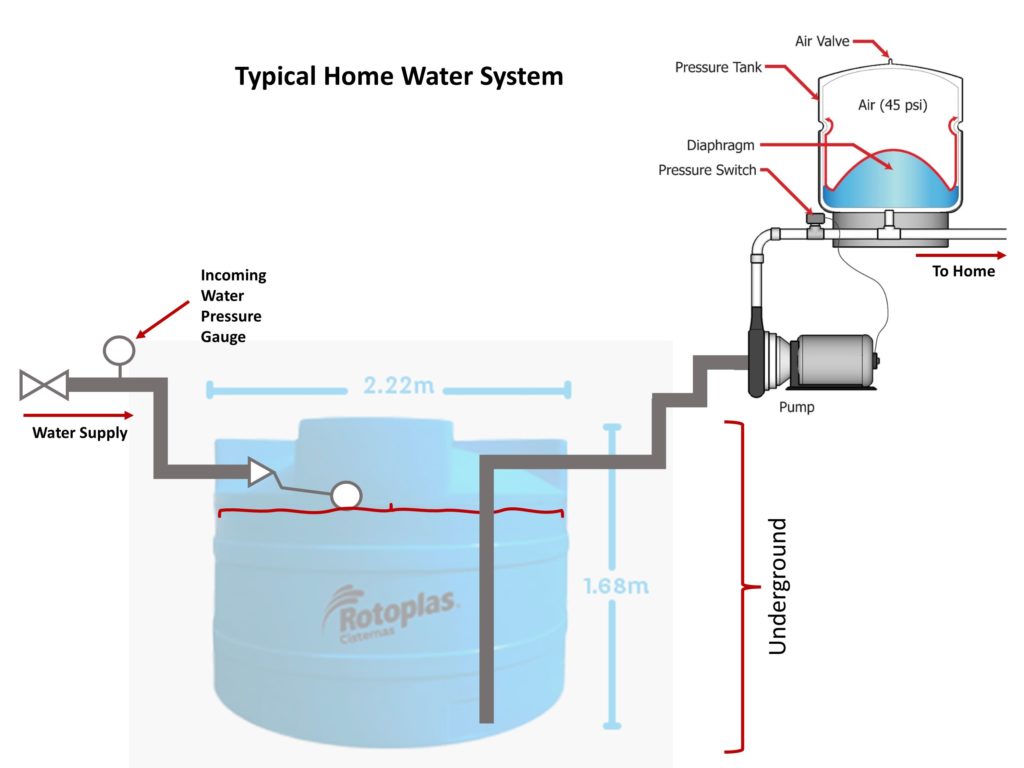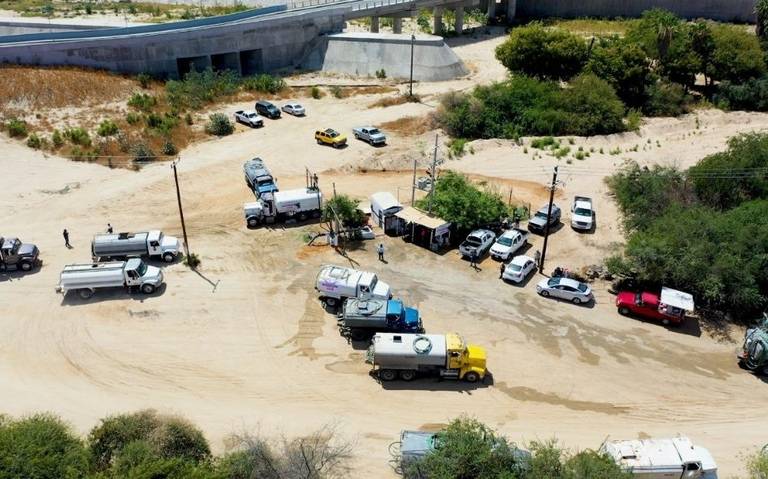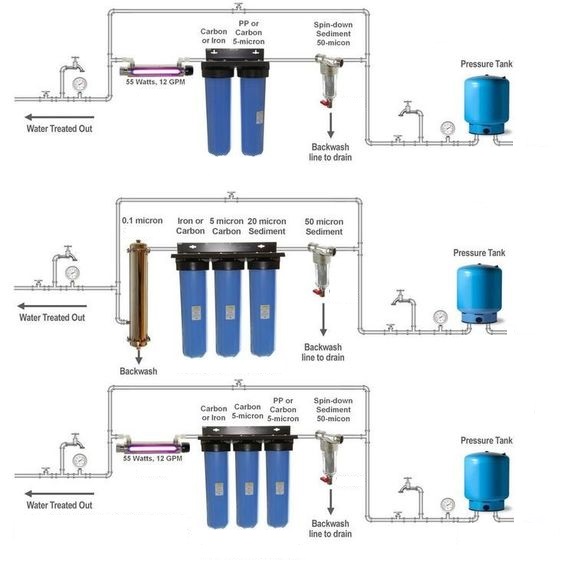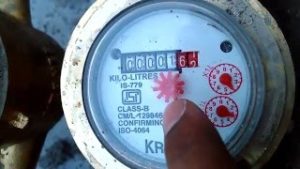Water Supply in Los Cabos
Water supply is a popular subject of conversation particularly in the Cabo Corridor area of El Tezal. Most Americans and Canadians are used to the water supply to their home being “ON”. Few can imagine the water supply may be “OFF” unless there’s a massive power outage and the city pumps are down. In Los Cabos the infrastructure and supply sources operate at much less than 100% in supplying your home. When I say this, it is not uncommon for homes to be without water supply from the Municipality for up to 2 weeks. The supply can be off for many reasons. The general sentiment is the infrastructure is inadequate to supply all homes and businesses in Los Cabos simultaneously. The inevitable outcome is rationing of supply to different parts of the municipality and rotate supply through these areas much like rotating blackouts on an electricity system.
When we say “municipality” in this blog we are referring to the pre-dominant water supplier in the Los Cabos municipality, government entity known as Potable Agua Los Cabos formerly known as OOSAPAS (Organismo Operador Municipal del Sistema de Agua Potable)
Los Cabos Home Water System
To account for the intermittent water supply, homes in Los Cabos will have a storage tank known as a “cisterna” or “pila”. Cisterna in Spanish means “tank” and “pila” means stack but has a deeper derivation in Spanish as a “container” or “trough”.

Cisternas can be underground, at ground level, and many can be observed around Cabo on rooftops (beige tanks with the name Rotoplas on the side). The cisterna depicted above is a Rotoplas tank with a capacity of 5,000 Liters (1,320 US Gallons). Cisternas will fill when the municipal water pressure is adequate to flow in. Filling the cisterna ends when the float valve reaches its top level and the float closes the fill value much like a toilet fill valve.
A pump is then needed to draw from the cisterna and distribute water around your home. To keep the pump from starting and stopping frequently when taps are opened for short periods, a pressure tank is incorporated to maintain pressure on the system when small amounts of water are used without starting the pump. The pump will operate on a pressure switch to start the pump on low pressure and switch it off when pressure within the home and the pressure tank are restored. The typical home water pressure is 45 psi.
How do I know when water is flowing to my cisterna?
1. Check the meter
One of the most reliable ways to tell if you have water flowing is to check your meter to see if the flow indicator is spinning. The spinning wheel in the center of the meter image is where you look for rotation to know water is flowing.
2. HOA Stoplights
Your HOA Security is monitoring the incoming flow and is putting up either a red, yellow or green indicator in plain view for residents to see as they come and go. Below are typical indicators posted at community gates.
3. Incoming Water Pressure Gauge
If you can install a pressure gauge upstream of the cisterna fill valve you can observe changes in water pressure. This gives you a better sense of how much pressure is behind filling your cisterna.
Corresponding to the stoplights above you will be able to observe the following ranges on the pressure gauge:
Red – 0 psi (to confirm zero flow check the spinner on the meter)
Yellow – 0 to 20 psi
Green – 20 to 65 psi
I have observed Municipal water pressure as high as 65 psi. Another great reason to have a cisterna and pump system is to maintain a consistent pressure within the house. A home pressure of 65 psi is excessive and would not be appropriate for home piping.
4. Updates from the Municipality
Follow Potable Agua Los Cabos on Facebook here. Updates are posted as to which neighborhoods will be getting water and when. Very hit and miss as to the frequency and reliability of their posts.
How do I manage all of this?
Water Delivery – If you are in an area with intermittent water supply you get to watch all the signs noted above and to monitor the level inside your cisterna. If it gets too low you will have to call in a water truck known as a “Pipa”. Living in parts of Los Cabos means having two or three Pipas in your phone’s contact list. Develop good relationships with the drivers and tip them well to ensure prompt response.
Conservation – If you are inclined to adjust your water usage habits you can go longer before ordering a Pipa to deliver water. Sometimes squeaking out one more day can get you to when the water supply is back on. Changing toilet flushing practices, fast showers and delaying laundry and car washes until the water supply is back on are helpful. Long term strategies include artificial grass and reduced water usage gardens.


How much does a cisterna fill cost?
Filling your cisterna when it is low/empty will run you 600 – 800 Pesos for a 5,000 Liter fill. Obviously double for a 10,000 Liter cisterna.
How much more is a fill from a Pipa than from the Municipality?
Assuming 800 Pesos for 5,000 Liters (5 cubic meters) and a 200 Peso tip – a cisterna fill costs 0.2 Pesos per Liter or 200 Pesos per cubic meter. From the Municipality on the typical home Tarifa – Domestico Urbano B – what you pay varies based on how much you use where the more you use the more you pay. You can be charged anywhere from 18.25 Pesos per cubic meter to 30 Pesos per cubic meter. Much cheaper for us all to get water from the Municipality all the time!
How much is a typical monthly water bill from the Municipality?
Barring interruption and calling pipas, my home uses around 30 cubic meters per month for a typical bill of 550 Pesos or $27.50 USD per month. Usage will vary based on home occupants and whether you have a garden to water or a swimming pool to replenish for evaporation.
What’s the water quality like? Can we drink the water?
Water from the Municipality is drinkable and its quality is up to North American standards. For peace of mind, we recommend some level of filtration at drinking sources (i.e. fridges and sinks) or whole home systems like the ones depicted below.

What is the Municipality doing to address the supply problem?
There are reports in the news that the Municipality is working on the problem. Many explanations rest on completing of a new desalination plant on the Pacific side. Other actions include making all new hotels and resorts install desalination plants to supply their own drinking water. High commercial water rates to existing resorts encourage watering of golf courses and gardens with reclaimed grey water from septic systems.
The Municipality continues to approve new construction permits in areas known for water shortages to the dismay of residents in those areas. Hopefully the Municipality has a better sense of when the problem will be resolved as they seem to be approving new construction that will only make things worse when completed and occupied.
Will a bigger cisterna help my situation?
Increasing your home’s storage capacity (i.e. from 5,000 L to 10,000 L) can help you avoid calling a pipa from time to time. Under a more prolonged outage you will end up having to call to have your cisterna filled and pay for a bigger fill. Excavation of your existing cisterna and replacement with a bigger one can run upwards of $5,000 USD. Over the past 3 years we have spent ~ $1,500 USD on pipa fills. I can pay for a whole lot more pipa fills before I’ve spent $5k USD.
Municipal water rates and billing
Are there other suppliers?
There are situations where developers have installed desalination plants for their community and water supply is not the same issue at all. Quivira and Pedregal are well known for their consistent and reliable water supply. That said homes in these communities will have cisternas and pumps because nothing will ever be 100% here, despite having more reliable supply.
What about condo buildings?
Condo buildings usually have sizable central cisterna(s) for each building in the development. Each building will have a pump system to ensure water is distributed to residents. In these situations, the HOA will be responsible for monitoring the cisterna levels and initiating calls for pipas to fill them when they get low. Condo buildings have the advantage of occupational diversity where some units are not occupied, occupied by short term renters and full time residents.


No Comments